
The world of medicine is always evolving. It doesn’t matter if it’s human, canine, or equine—new ideas and concepts are being tried and tested on a daily basis, all with the goal of improving health.
Continue reading …Managing Yearlings During Sale Season
October 10, 2016 Comments Off on Managing Yearlings During Sale Season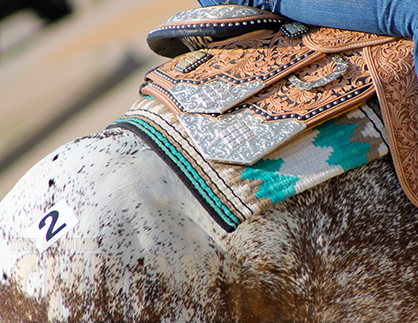
Young horses that are paraded often may also develop sore feet from hard surfaces; some may even look unsound by the time they reach the sales ring. Feeding a hoof supplement containing biotin, zinc, and methionine, such as Bio•Bloom™ PS, well in advance of the sale and throughout the preparation period may help to strengthen the hooves and increase hoof growth to help grow out any hoof defects. This can also help growth of mane and tail, improve the quality of the coat, and bring out a lustrous shine in the sales ring.
Continue reading …Re-Evaluate Your Deworming Products This Fall
October 7, 2016 Comments Off on Re-Evaluate Your Deworming Products This Fall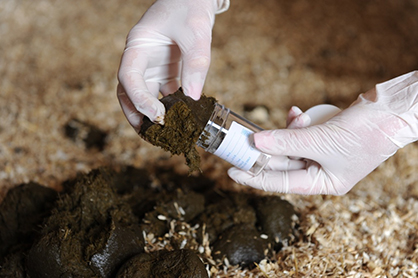
When considering a dewormer this fall, be sure to choose a complete dewormer that’s effective against encysted small strongyles (cyathostomins), the key parasite of concern in adult horses. And in the fall, we’re always concerned about tapeworms and bots.
Continue reading …Switching to Hay for the Fall? Don’t Forget to Add Vitamin E
October 6, 2016 Comments Off on Switching to Hay for the Fall? Don’t Forget to Add Vitamin E
A large, seven-acre paddock that comfortably sustained five horses in peak growing season might support three as pasture growth declines.
Continue reading …As Deadly Hurricane Matthew Approaches, Follow These Tips to Keep Your Pets Safe
October 5, 2016 Comments Off on As Deadly Hurricane Matthew Approaches, Follow These Tips to Keep Your Pets Safe
Consider registering with mobiPET, a free new, high-tech, visual “AMBER Alert” for missing pets that helps reunite lost pets with their owners. Get information here: www.mobipet.me.
Continue reading …Fall Laminitis- It’s Not All About the Grass
October 4, 2016 Comments Off on Fall Laminitis- It’s Not All About the Grass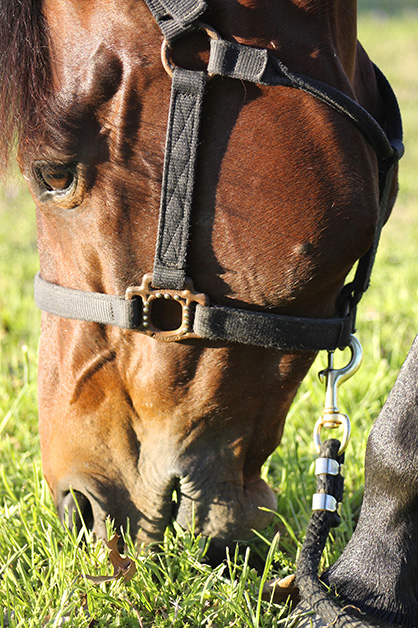
Eleanor Kellon, VMD, veterinary advisor to ECIR Group Inc, explains. “The typical case of fall laminitis is experiencing laminitis for the first time, or as a repeat of a previous fall episode. They are in their teens (or occasionally older) and owners report no change in diet or management. The cause is the seasonal rise in the hormone ACTH.”
Continue reading …EQUIOXX Now Available in Injection, Paste, and Chewable Tablet
October 3, 2016 Comments Off on EQUIOXX Now Available in Injection, Paste, and Chewable Tablet
EQUIOXX is now available in three formulations – injection, paste and tablet. It is a once-daily treatment to control pain and inflammation associated with equine osteoarthritis, also called degenerative joint disease.1 All three EQUIOXX formulations allow for consistent therapy with the same active ingredient. It has a proven safety profile and spares COX-1 inhibition while inhibiting COX-2 prostaglandin production.*
Continue reading …Survey Shows a Third of Horses Suffer From Lameness, Likely Caused by Limb Problems Rather Than Hoof
October 3, 2016 Comments Off on Survey Shows a Third of Horses Suffer From Lameness, Likely Caused by Limb Problems Rather Than Hoof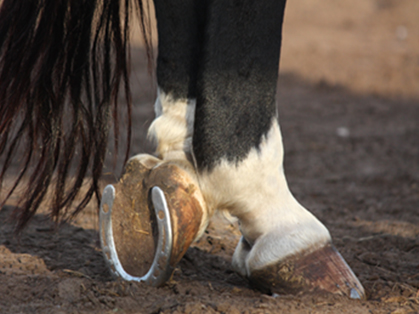
A breakdown of the types of lameness revealed that 47.4% were recorded as suffering from proximal limb lameness (the limb above the foot), 31.9% from causes of foot lameness other than laminitis, and 20.7% from laminitis. Degenerative joint disease (including foot and proximal limb) was the most frequently reported single cause of lameness (41.2% of all lameness) and the most frequently reported joint affected by DJD was the hock (15.3% of all lameness).
Continue reading …Study Shows Horses Can Indicate Their Preference For Wearing a Blanket or Not
September 30, 2016 Comments Off on Study Shows Horses Can Indicate Their Preference For Wearing a Blanket or Not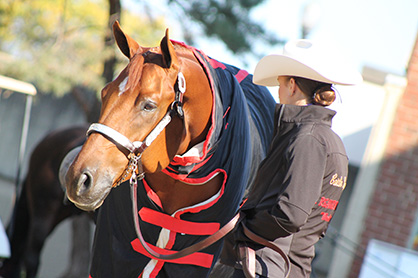
It took 2 weeks, with training sessions lasting 10-15 minutes a day, for the horses to learn how to signal if they were too hot or too cold, by going up to the board and asking for the rug to be put on or taken off.
Continue reading …Operation Gelding Receives $100,000 Grant
September 29, 2016 Comments Off on Operation Gelding Receives $100,000 Grant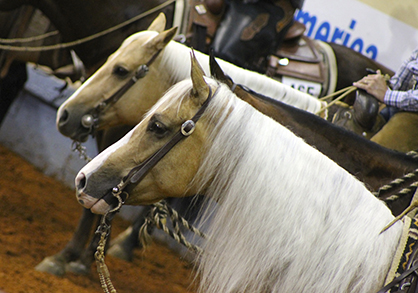
The Operation Gelding program provides materials, guidance, and support to organizations nationwide to host no- and low-cost gelding clinics for owners who may not otherwise be able to afford to have their stallion castrated by a certified veterinarian.
Continue reading …







